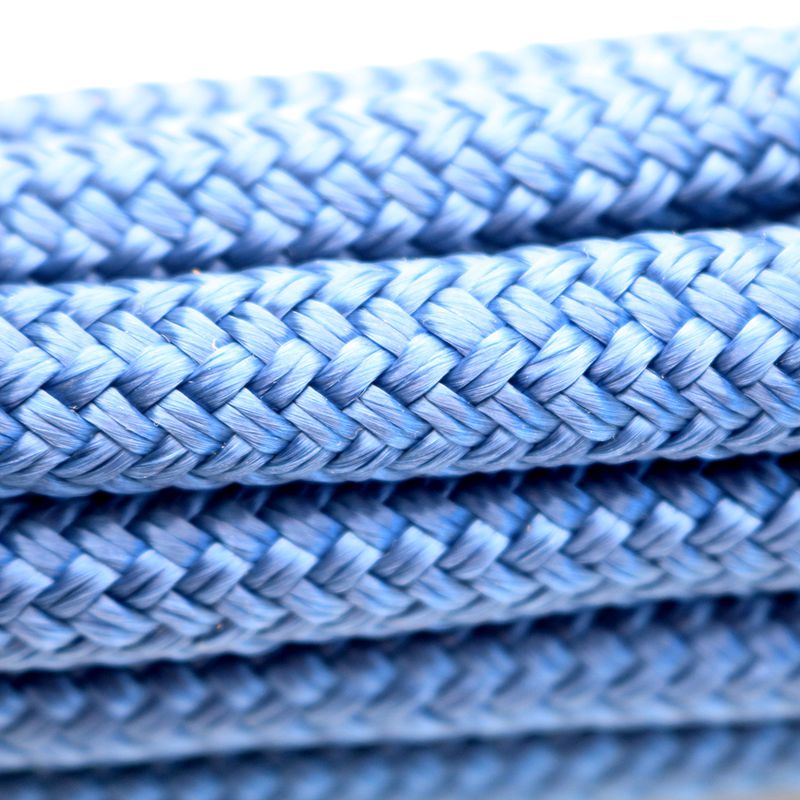Natural Fibres VS Man-made Fibres VS Synthetic Fibres
We may not be able to live without a variety of fibre products in our daily lives, but can you tell them apart? What are the differences between natural fibres, man-made fibres and synthetic fibres? Follow Baron to find out!
1. The difference in materials
Natural fibres are textile fibres obtained directly from nature or from artificially grown plants and animals, and are an important source of material for the textile industry.
Man-made fibres are made from natural fibres as raw materials, which are chemically treated and then blended into a suitable textile solution, before being reshaped into fibres.
Synthetic fibres are fibres made from synthetic polymer compounds.
2. Differences in properties
Natural fibres have uneven length and fineness; better moisture absorption and fusibility; less strength and elongation; good anti-static properties.
Man-made fibres are easy to colour and have a more vibrant effect; they are soft, smooth and cool, and can also insulate, and are often the fabric of choice for garment making in hot and humid environments.
Synthetic fabrics are stiff and not easily deformed, and polyester is also heat resistant; it has good chemical stability and does not interact with weak acids, alkalis or oxidisers at normal temperatures.

3. Differences in classification
Natural fibres include plant fibres, which are divided into seed fibres, leaf fibres and stem fibres; animal fibres, which are divided into two categories: hair and glandular secretions.
Man-made fibres include regenerated cellulose fibres, such as viscose fibres, rich fibres, copper ammonia fibres, etc.; cellulose ester fibres; regenerated protein fibres, such as soy fibres, peanut fibres, etc.
Synthetic fibres include polyester, nylon, acrylic, chlorine, vinyls, spandex, polyolefin elastomeric yarn, etc.
4. Common natural fibres, synthetic fibres and man-made fibres
Common natural fibres include hemp, silk, cotton and wool, lamb's wool, etc.
Common man-made fibres include rayon, cotton and wool.
Common synthetic fibres include nylon, vinylon, denatured polyacrylonitrile, olefin, acrylic, polyester, spandex, Dacron, acrylic, etc.
Need different types of ropes, lines, nets and straps? Please contact Baron for an up-to-date quote.

